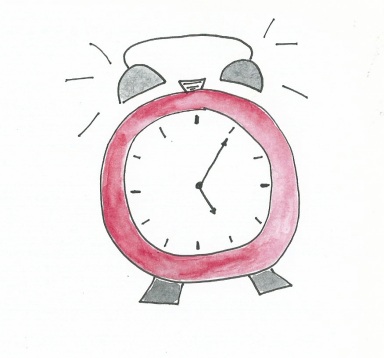 WINNER OF STEPPING STONES HONOR AWARD
WINNER OF STEPPING STONES HONOR AWARD
VOYA NONFICTION HONOR LIST
HACKMATACK CHILDREN’S CHOICE BOOK AWARD nominee
Longlisted for INFORMATION BOOK AWARD
What’s for Lunch? How Schoolchildren Eat Around the World is a nonfiction book aimed at kids aged 9-12 published by Red Deer Press. Ask your independent bookstore to stock it, or buy it here or here. It is also available in Korean.
Written by Andrea Curtis, with full-colour photographs by Yvonne Duivenvoorden, What’s for Lunch? travels the globe peering into lunch trays, mugs, bowls and school bags in 13 countries — including a refugee camp in Kenya, a community school in Birmingham, England, a remote Andean village in Peru, and an eco-school in downtown Toronto, Canada.
It uses the food we eat as a tool to explore worldwide issues like poverty, inequality, social justice and climate change. It also features examples of kids and organizations doing amazing things to reclaim their school lunch and the food system.
For more information about What’s for Lunch? and my newest book for kids about food, visit my new kids’ website!
Here’s what people are saying about What’s for Lunch?:
“The great thing about this book is that it’s not just profiling lunches from around the world, but it talks about that idea, the power of food—the idea that food can change society and that if you introduce that concept to kids early on they can be the real actors in that change.” —Matt Galloway, Metro Morning.
“This survey of foods that international children eat for school lunch emphasizes differences while pointing to the interconnectivity of world ecology…. Curtis crafts a holistic conversation about health, poverty, and sustainability…”—Publisher’s Weekly
“An ode to a meal that in many countries is a tool not only for fixing hunger, but also for nurturing culture and supporting sustainable-food production.”—Tralee Pearce, The Globe & Mail (The Globe also published an online slide show of five of the lunches from the book. Check it out here.)
“A valuable, well-researched resource for kids and adults to share. The information is eye-opening, and ideas will challenge assumptions. The term “food justice” is thought-provoking. This book’s strength lies in its potential for enhancing understanding of the critical nature of food concerns.”—”Highly recommended” CM Magazine
“What’s truly original, and strikingly obvious now that she’s done it, is the way Curtis focuses attention on what’s happening at home by finding out what kids all over the world have for their lunch break.”—Malcolm Jolley, Good Food Revolution
“This book captivates at the first glance–beautiful photos of lunches from around the world as well as text that makes us aware of geographic and cultural influences.”— CartoCraze
“Teachers, take note! This book would make a great addition to your classroom and nutrition talks.”—The Record.com
An excerpt from the introduction:
“Every day, all over the world, children eat together at school. In Tanzania, a teacher hits a rock against a rusty metal tire rim hanging from a tree, and the loud clanging calls the class outside to share their meal. In Canada, the buzz of the bell over the loudspeaker sends kids racing for the gymnasium where tables are set up for a busy, noisy lunch.
Whether their school is outdoors under the vast umbrella of a banyan tree or in a sturdy brick structure in the heart of a bustling city, all children need a healthy lunch to be able to learn and grow. Good food nourishes both our bodies and our brains. It’s one of the basic building blocks of life.
But as the world has become more interconnected, what we eat has also become part of an enormous and complex global system. Food is now the biggest industry on earth. And growing it, processing it, transporting it and selling it has a major impact on people and the planet. Unpack school lunch and you’ll discover that food is connected to issues that matter to everyone — things like climate change, health, cultural expression and inequality.”




